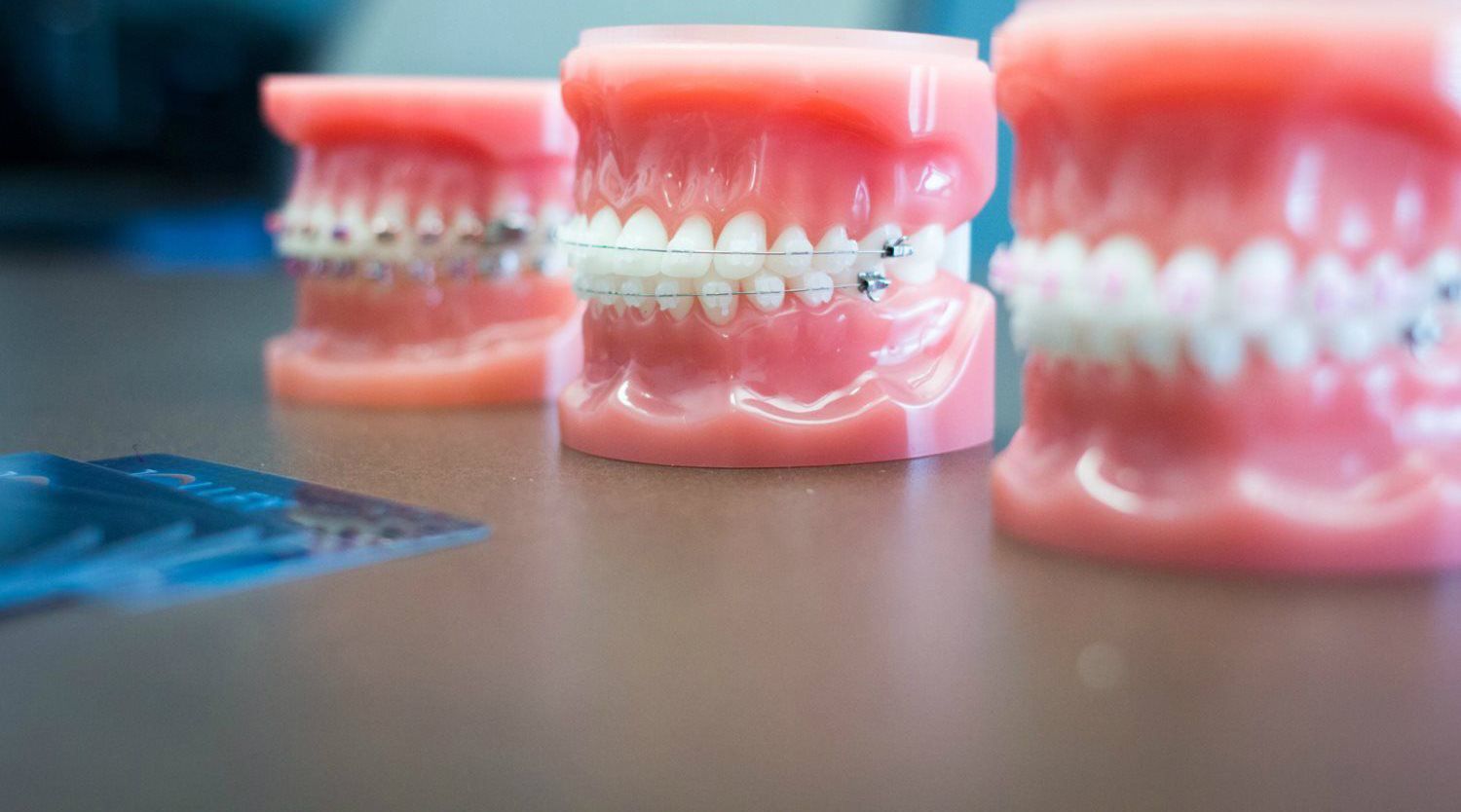
What is a Crossbite?
Anytime you go to a healthcare specialist, you are going to hear lots of technical-sounding words. Some of which you might be familiar with, and some that you have no idea what they mean. Orthodontics is a field with an especially large amount of jargon that may be new to you, but we are here to help! Today, let’s take a look at crossbites.
What Does “Bite” Mean in Orthodontics?
While the word “bite” is one that you have obviously heard before, when it is used in orthodontics and dentistry it means something a little different. When
Dr. Jolley talks about your bite, he is referring to the way that your teeth fit together. Just as your upper and lower teeth come together to take a literal bite, an orthodontist looks at the way your teeth are positioned when your mouth is closed. When teeth do not meet properly or at all, it is called malocclusion. There are several types of malocclusions, such as overbite, underbite, and crossbite.
What is a Crossbite?
You may already know that an overbite is when the top teeth jut out disproportionally from the bottom teeth and that an underbite is when the bottom teeth sit in front of the top teeth. Similarly, a crossbite refers to when the teeth fit inside or on top of each other. A crossbite can affect a single tooth or a group of teeth. The affected teeth often tilt towards the cheeks or tongue rather than straight up and down.
What Causes a Crossbite?
A crossbite most often occurs naturally as a result of heredity. There are also cases where crossbite forms as a result of not losing baby teeth early enough. Prolonged thumb sucking or bottle/pacifier use can also cause the roof of your mouth (palate) not to develop correctly, resulting in a crossbite.
Is it Serious?
If left untreated, a crossbite can put undue stress on your jawbone. That stress can lead to a number of more serious dental issues, such as the jaw shifting to one side, lopsided growth, and excessive wear of tooth enamel – which can lead to tooth decay and cavities. The misalignment of teeth can also make it difficult to clean your teeth properly, which further contributes to bad breath and tooth decay.
In some cases, a crossbite can lead to jaw pain and problems like
temporomandibular joint disorder (TMJ). The stress on the jaws may even cause facial pain, headaches, and neck and shoulder pain.
How is a Crossbite Corrected?
The good news is that there are multiple orthodontic approaches to correcting a crossbite.
Traditional braces or
clear aligners may be used to straighten the teeth and correct the alignment. Depending on the scope of the crossbite, an orthodontist may choose to use a palatal expander in addition to braces treatment. This will be a fixed or removable appliance used to make the upper jaw wider.
Posted on 10/03/2022 at 09:33 AM

